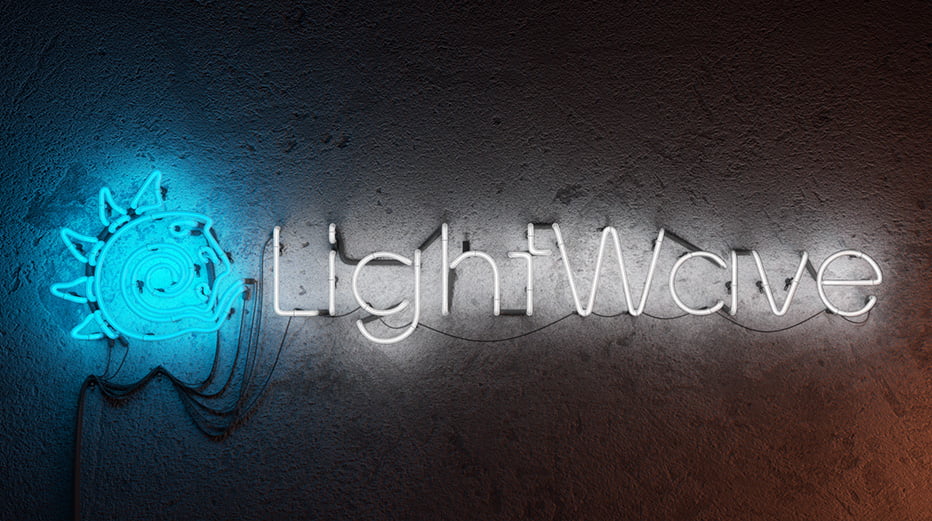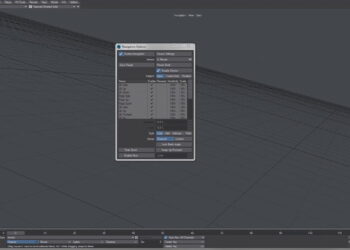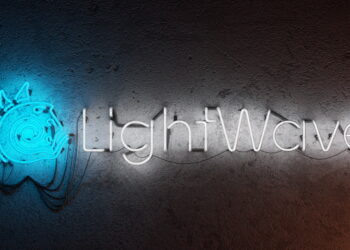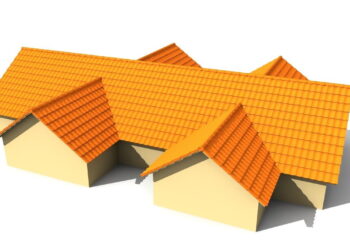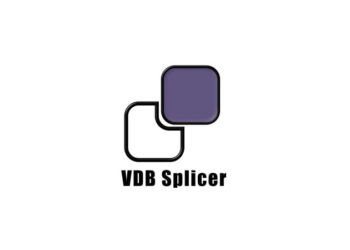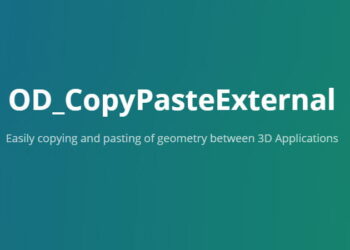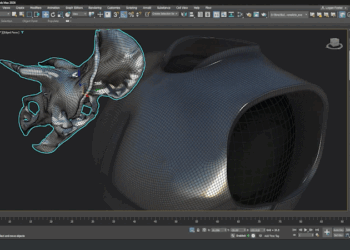Newtek has announced the release of Lightwave 2019, only a year after the previous release, fulfilling the promise of the new year-based naming convention. New features include a live link with Unreal Engine, new sculpting tools and improved FBX and OpenVDB support.
The standout feature of this release capitalises on the rising prominence of Unreal Engine and its growth outside the gaming sector. A new bridge enables a one-way live link between Lightwave and Unreal allowing changes made in Lightwave to update immediately in Unreal. Perhaps more significantly, it is possible to connect multiple Lightwave seats to the same Unreal editor, allowing for real-time collaborative workflows.
To make the bridge possible, FBX support has also been improved throughout the app with new features that allow users to interactively choose what to import or export, add to existing FBX files from Layout and Modeler, build LightWave assets from many FBX files, and more. The format now also supports the import/export of vertex caches, morph mixer, vertex maps, smoothing groups, animation layers, animation baking, bones, hierarchies, meshes, pivots, and mesh freezing.
On the subject of file IO, Lightwave 2019 improves OpenVDB support with a new set of node-based tools that enable content creation. Using these features it is possible to create OpenVDB grids from meshes, particles, and more.
As well as creation tools, the new feature allows for live Constructive Solid Geometry (CSG) operations, grid filtering including level set tracking, smoothing, dilation and erosion. Solvers are included that allow for fluid simulation and smoke and fire effects.
A new sculpting and painting tool called Metamorphic has been added. enables animatable mesh sculpting and vertex map manipulation in Layout, and takes advantage of the new capabilities of the modifier stack. Features include freeform animated sculpting, a built-in undo/redo system, multithreaded sculpting, pen pressure support, nodal brush texture support, three animation modes, non-linear interpolation of sculpt animation keyframes, and motion blur support.
Several shading and rendering improvements are included including and edge mode for smoothing hard corners and a curve based shader for adding dirt and wear and tear. Physical sky and sun adds new options for rendering exteriors and NVIDIA OptiX denoising is now available for still image renders plus a Despike mode for removing fireflies.
In modeller, there are new and improved UV and UDIM mapping tools as well as support for the creating of smoothing groups useful for controlling creases and hard edges.
A new shape primitive called Empty Volume is included that can be used for creating procedural surface shapes or used in workflows that need to convert meshes to volumes or vice versa. Empty Volume can also provide for real-time Boolean operations in Layout.
Finally, other improvements include improved support for HiDPI displays, bone improvements for games artists, an extended layout Undo system, new nodal distance tools and more.
Lightwave 2019 costs $995 for new licenses and $395 for upgrades (valid until March 31, 2019). A free 30 day trial will also be available. Find out more on the Lighwave website.

